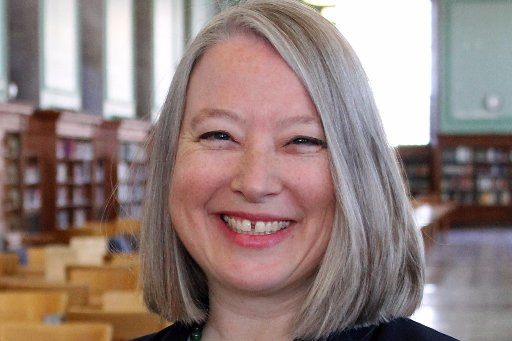Open Book: We just have to do something!

Lisa Hinchliffe
The open research agenda – for publications, data, and code – is driving companies to explore new business models, writes Lisa Hinchliffe.
Some of these explorations lead to adopting strategies already in play in other organisations. In other instances, we are seeing new approaches emerge. As I talk with people across the industry, I hear a common refrain: 'We just have to do something; it isn’t good enough to keep going what we’ve been doing.'
At the same time, just doing something isn’t enough. Organisations need to do the right things, at the right time, engaging the right stakeholders. Figuring one’s way through that is complex. With respect to the open research agenda, there are many arguments about what researchers should do, what publishers should do, what libraries should do, etc. But what changes a particular publisher, for example, should make to its business model depends not only on the existing model but also the specific problems that are impeding the success of that model.
Let’s consider for a moment Plan S. Some publishers already offer publishing options that allow cOAlition S funded authors to be compliant and some are developing them; however, having options that allow compliance for authors is not sufficient. Authors need to be informed of those options and that means ensuring that one’s options are represented in the forthcoming Plan S Journal Checker Tool. Though the tender for the development of the Journal Checker Tool has not yet been let, the Invitation to Tender provides insight into which data sources will be relieved upon. For other publishers, offering Plan S compliant options for authors and ensuring they are listed in the Journal Checker Tool are not important issues to address because their Plan S publishing footprint is too small to warrant investment and/or disruption of other parts of their business model.
In one of my favorite books on innovation, The Seven Levels of Change, Rolf Smith shares a model that I find useful for thinking through what kind of changes an organisation might be making:
- Level 1: Effectiveness – Doing the right things.
- Level 2: Efficiency – Doing things right.
- Level 3: Improving – Doing things better.
- Level 4: Cutting – Doing away with things.
- Level 5: Adapting – Doing things other people are doing.
- Level 6: Different – Doing things no one else is doing.
- Level 7: Impossible – Doing things that can’t be done.
I have found this model most helpful when I conceptualise the Levels 1-3 as ongoing operating principles and Levels 4-7 as approaches to achieving the first three. There is also an inherent tension in the model as pursuing any of Levels 4-7 in service of Effectiveness (Level 1) or Improving (Level 3) may mean accepting a loss in Efficiency (Level 2), at least in the short term.
To use Plan S as our example again, Plan S is an external force that is re-defining Effectiveness (what is the right thing to be doing for open access publishing) and as a result some publishers are Adapting. But, for many of those that are Adapting, they are sacrificing Efficiency, which will in the long-term be re-established as now manual processes for compliance are automated.
Transformative agreements are where we can see most clearly how Different is a strategy for addressing not only the open research agenda but also other organizational challenges. It is no longer particularly newsworthy with a new Read and Publish agreement is announced. The press releases come across Twitter daily, sometimes multiple times a day. At the same time, however, it would be a mistake to miss that there are some interesting innovations within this general genre of agreements.
For example, the Read, Publish, and Join model pioneered by the American Physiological Society supports the open research agenda but also addresses the challenge many learned societies are facing with respect to membership and whether those who find value in publishing in a society’s journal are engaging with the society more broadly. The rebate structure of the Read and Publish agreement that University of Carolina Chapel Hill developed with SAGE seeks to attract funder investment in open access publishing and to make open access publishing available to those who either do not have external funds or whose funders decline to fund open access. And, in the largest scale experimental model operating in the United States, the University of California has architected a multi-payer model for both traditional subscription publishers and for full open access publishers. The resultant Read and Publish and Pure Publish agreements seek to support open access publishing but also keep monies from funders in the system.
Berghahn Open Anthro and other Subscribe to Open initiatives are certainly examples of Different, but it is reasonable to even categorise them as Impossible. Past attempts at Subscribe to Open had not succeeded but the context of implementation was quite different. With libraries signing up to The 2.5 per cent Commitment and the track record of Knowledge Unlatched, what was once Impossible has become possible.
Over the coming months and years, I expect we are going to see continued experimentation with business models for open research. We will see strategies that we will be able to categorise as Adapting, Different, and Impossible. Over time, we will see Cutting, of experiments that did not work out and of past practices that are no longer useful. Effectiveness, Efficiency, and Improving – doing the right things, doing them right, and doing them better over time – will then be the hallmarks of a robust ecosystem of open research.
Lisa Janicke Hinchliffe is a professor at the University of Illinois at Urbana-Champaign. Contact her on twitter at @lisalibrarian or by email at lisalibrarian@gmail.com






